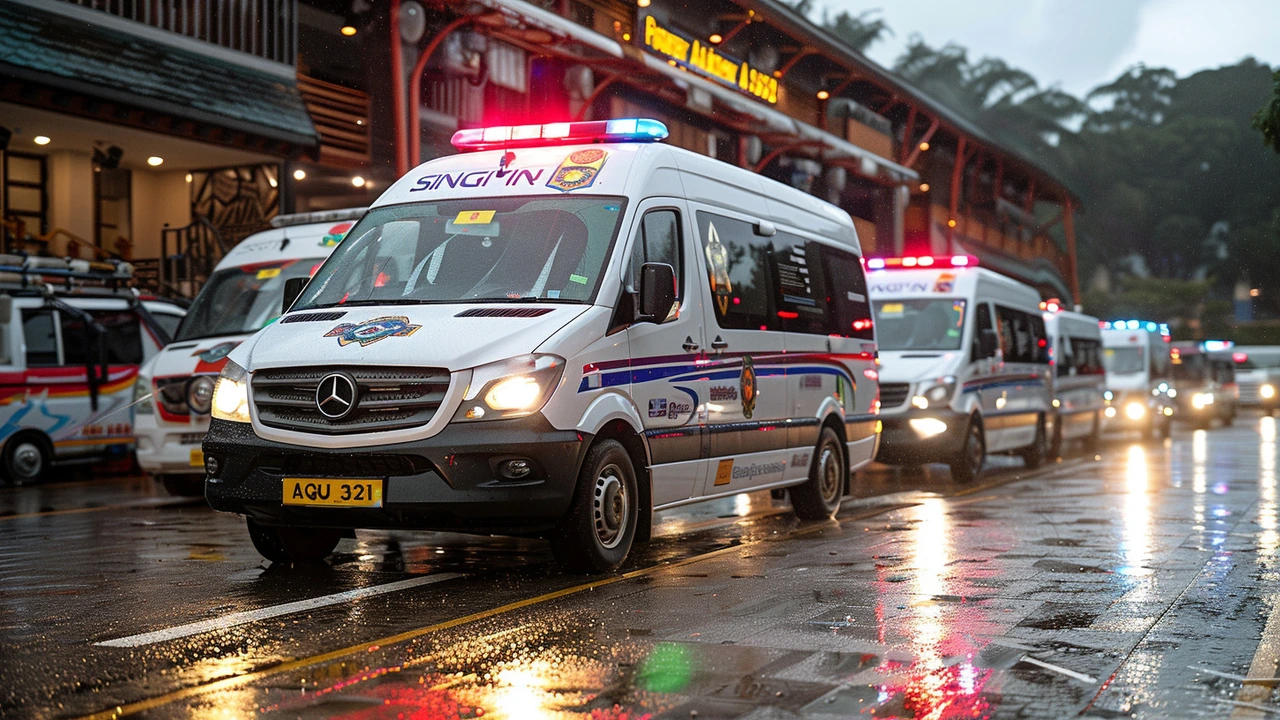Passenger death: latest reports, safety issues and what to do
A passenger death—whether in the air, on the road, or at sea—shocks families and raises big questions fast. Recent coverage, including the tragic Jeju Air crash that killed 175 passengers and four crew members, shows how quickly facts, fears, and rumors spread. This page collects clear, practical info so you know what to expect, where to look for reliable updates, and what steps to take if you or someone you know is affected.
What happened and why it matters
When a passenger dies during travel, investigations look at many angles: mechanical failure, human error, weather, bird strikes, air-traffic control, and maintenance records. In the Jeju Air case, authorities pointed to a bird strike warning among early details. That doesn’t mean the crash cause is settled—air accident probes use flight data recorders, cockpit voice recorders, radar traces, and wreckage analysis to build a clear picture.
Why should you care? Findings change safety rules, airport procedures, and aircraft design. They also affect families directly—compensation claims, repatriation of remains, and criminal or civil cases may follow. Knowing the investigation process helps you separate official steps from speculation on social media.
What families and travelers should know right now
If a loved one is involved, start with the airline and official authorities. Airlines set up hotlines and family assistance centers after a major incident. Expect these tasks: confirming identities, arranging consular support if the flight crossed borders, issuing official statements, and starting claims for expenses or compensation. Keep copies of ID, booking info, and any communication from the carrier.
For travelers, a few simple moves reduce stress: register trips with your embassy, share your itinerary with a trusted contact, keep digital copies of documents, and buy travel insurance that covers repatriation and sudden death. Check an airline’s safety record and recent maintenance issues before long-haul travel, and follow airport rules for wildlife management—bird strikes happen near runways and airports more than you might think.
When following news, trust official investigators and aviation authorities first. Accident reports from national aviation agencies and independent boards are the most reliable. Avoid forwarding unverified photos or claims; that can harm investigations and spread needless panic.
Continental Scout Daily covers passenger death stories with a focus on facts, official updates, and practical next steps. We watch how incidents shape safety rules and what they mean for families and travelers across Africa and beyond. If you need immediate help after an incident, contact the carrier, your embassy (for overseas incidents), and a local lawyer experienced in aviation or transport cases.
If you want regular updates on this tag, bookmark this page or follow our alerts. We’ll keep reporting verified developments, investigation milestones, and tips to help families cope and travelers stay safer.
A tragic event occurred on Singapore Airlines Flight SQ321 from London to Singapore when severe turbulence led to the death of one passenger and injuries to several others. The flight was diverted to Bangkok, where emergency crews provided assistance. Singapore Airlines has expressed condolences to the affected families.
Recent-posts
Jun, 24 2024






